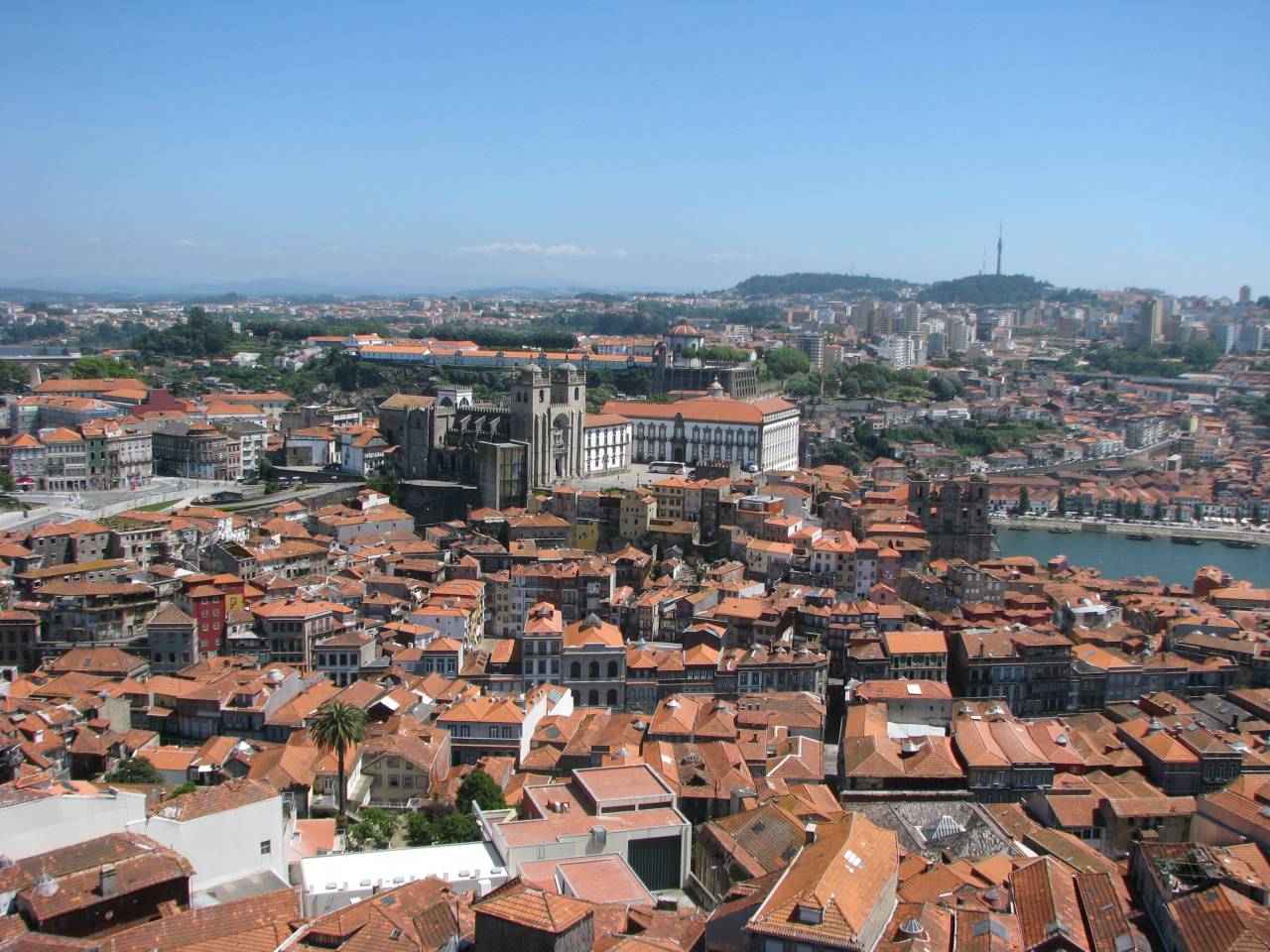Camino Portugués
The Camino Portugués (Caminho Português, the Portuguese Way — also called Camino Portugués Central/Caminho Português Central, the Central Portuguese Way) is the traditional route for Portuguese pilgrims to get to Santiago de Compostela from Porto or Lisbon, crossing the river Minho/Miño on the Portuguese-Spanish border. It is the second most popular of the various Caminos de Santiago.
The most popular starting points are Porto, Tui and Valença, but as with any Camino, you can start wherever you want (just make sure you walk at least the last 100 kilometres if you want to obtain a compostela).
In Portugal, part of the route backward constitutes a part of the Caminho de Fátima. You will see blue arrows pointing in the opposite direction of the yellow ones anywhere between Porto and Valença.
Places of interest along the Camino Portugués

Porto
Porto is the second largest city in Portugal after Lisbon, the capital. Its history dates back to Roman times, when Portus Cale was a Roman outpost at the Douro estuary. During the reconquista, the region between the Douro and Minho rivers became the County of Portucale, giving its name later to the entire country. The historic centre of Porto was declared a UNESCO World Heritage site in 1996.

Valença
A stronghold named Contrasta was built in the early 13th century to counterbalance Tui (hence the name) on the other side of the river Minho, which is still the frontier between present-day Portugal and Spain. At that time, relations were quite strained between Portugal and its neighbours Galicia and León. The settlement was renamed from Contrasta to Valença ('bravery') in 1262. Throughout the centuries, it served a decisive role in defending Portugal from various Spanish kingdoms.

Tui
Tui is a border city on the river Miño, facing Valença. Up until 1833, it was the capital of one of the seven provinces of the Kingdom of Galicia. As it is just over the 100 km mark from Santiago de Compostela and still on the Spanish side of the river Miño, Tui is the starting place for nearly half of the pilgrims walking the Camino Portugués.

Pontevedra
Pontevedra is the capital of the province of Pontevedra, one of the four provinces of Galicia since 1833. Its name originates from the Latin pons veteris, 'old bridge'. The actual bridge, the Ponte do Burgo, still arches over the river Lérez. Pontevedra has the second largest historical old town in Galicia after Santiago de Compostela, a considerable part of which is pedestrianised.

Santiago de Compostela
Santiago de Compostela is the capital of Galicia, and the final destination for hundreds of thousands of pilgrims every year walking one of the various caminos. Legend has it that the remains of the apostle St. James (Santiago, the patron saint of Spain) were brought here and are now preserved in the Cathedral.
